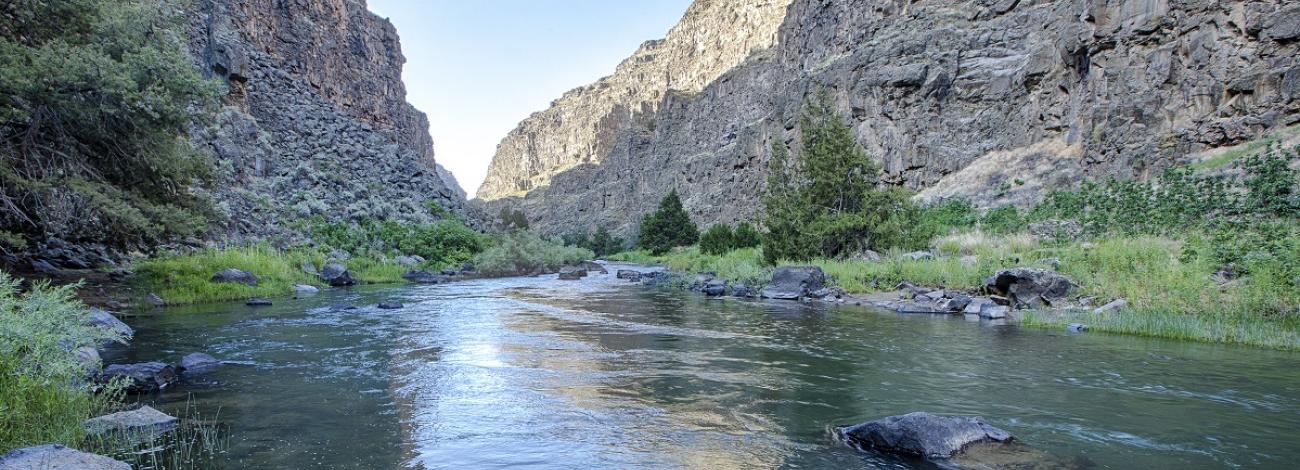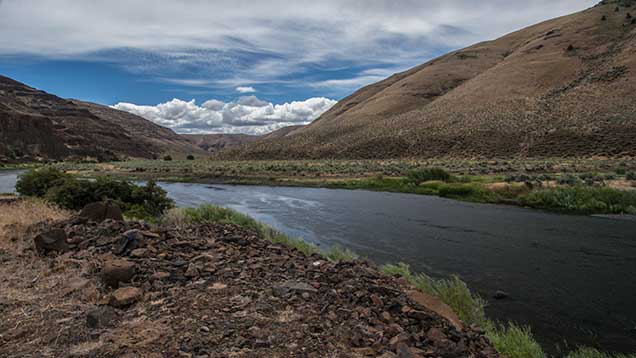
Wild and Scenic Rivers
Congress passed the Wild and Scenic Rivers Act in 1968, establishing the National Wild and Scenic Rivers System to preserve free-flowing rivers for the benefit and enjoyment of present and future generations. The BLM manages 81 designated wild and scenic rivers totaling nearly 2,700 miles. Each wild and scenic river is managed to protect and enhance its river values, including free-flow, water quality, and outstandingly remarkable values.
In addition to protecting and enhancing free-flow, water quality, and outstandingly remarkable values, wild and scenic rivers help protect biodiversity and increase resilience to the impacts of climate change.
• The BLM works cooperatively with the Environmental Protection Agency and state water quality agencies to establish baseline conditions, identify water-quality related issues, and develop a strategy to improve or protect water quality on designated wild and scenic rivers.
• Flows must be sufficient to sustain the outstandingly remarkable values of the river. Flows may be intermittent but should be predictable and derived from naturally occurring circumstances.
• Outstandingly remarkable values may be on the river or adjacent land area and may include scenery, recreation, geology, fish, wildlife, historical, cultural, or other similar values.
The BLM, National Park Service, U.S. Fish and Wildlife Service, and U.S. Forest Service are the four Federal agencies charged with safeguarding the National Wild and Scenic Rivers System. The BLM and these interagency partners actively collaborate through the Interagency Wild and Scenic Rivers Coordinating Council to administer wild and scenic rivers in a consistent and coordinated manner across the system.
In addition to the 81 designated rivers, the BLM manages thousands of miles of rivers eligible and suitable for wild and scenic river designation.
Learn more by visiting this page, the National Conservation Lands State pages or our maps, data, and other resources page!



